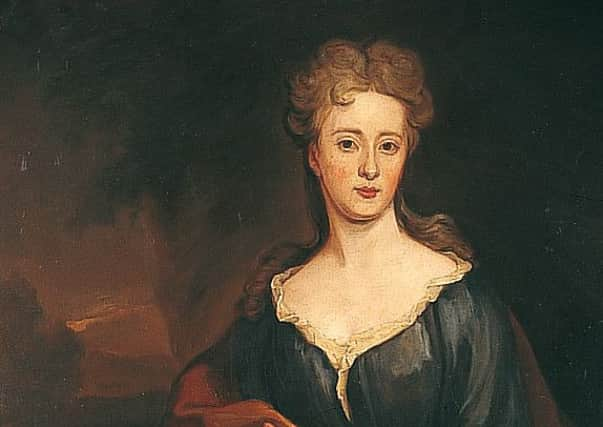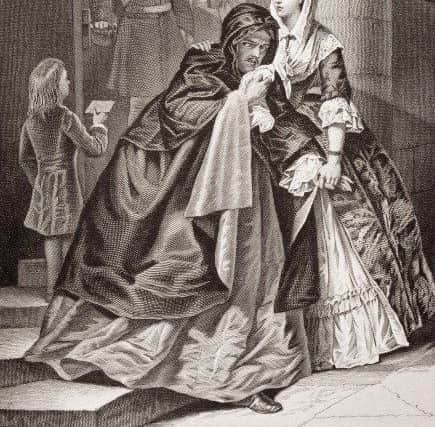New exhibition to tell of daring Jacobite escape


William Maxwell, the 5th Earl of Nithsdale, was captured and imprisoned during the 1715 Jacobite Rising in support of the exiled “Old Pretender” King James Edward Stuart, whose family throne was toppled in the Glorious Revolution more than 25 years earlier to remove Catholics from the monarchy.
The earl’s escape from the Tower was engineered by his young wife, Winifred, and two of her maids. He was the last person to successfully escape the heavily fortified building.
Advertisement
Hide AdThey disguised Maxwell as one of the servants and smuggled him from the prison – a plan some believe may have provided the inspiration for the escape of the “Young Pretender” Bonnie Prince Charlie – James’ son – following his defeat at the Battle of Culloden some 30 years later in his attempt to win back the throne.


An exhibition at the family home, Traquair House, in the Borders, is bringing together rarely displayed archive documents and letters telling the story of the Stuarts’ involvement in the rebellion and Maxwell’s escape.
Catherine Maxwell Stuart, the current 21st Lady of Traquair, who lives with her family in the house in Innerleithen, said: “This was the most brilliant escape ever from the Tower, and was all devised by his clever wife.
“Following his capture in 1715 she travelled to London in the middle of winter to petition the King for his release.
“A day before his impending execution she came up with an amazing plan. She had servants who she always went with to visit her husband.
“Only one person was allowed in at a time. A servant entered and changed clothes with the Earl. He came out with a handkerchief covering his face, as he had a beard, apparently crying with distress.
Advertisement
Hide Ad“His wife smuggled him out, but amazingly she returned three hours later with her other maid and, confusing the guards, managed to leave with both maids who were also pretending to be crying. It is amazing this story has never been fictionalised on television or film.”
Maxwell fled to Rome, where he and his wife lived until his death 33 years later.
Advertisement
Hide AdOnly one other escape, in 1722, was ever attempted from the Tower after this episode, and the prisoner was recaptured and executed.
The Traquair exhibition will show the original cloak Maxwell wore to be smuggled out. Also on display will be his “dying speech”, written prior to his impending execution when he knew nothing about his wife’s plans to rescue him.
The exhibition also has an account of what is thought to be Lady Maxwell’s description of the audacious escape.
The early death of Maxwell’s father meant that he was raised by his mother, who educated him to be a devout Roman Catholic and a supporter of the Stuart cause. At the age of 21, he visited the Jacobite Court at Saint-Germain, near Paris, to pledge allegiance to the exiled Old Pretender. While there he met his future wife Lady Winifred Herbert, daughter of the Duke of Powis. After their marriage in 1699 they returned to the family home in Scotland.
As a prominent Catholic, living in an area dominated by Covenanters, there were a number of attacks by Presbyterians on his estate because of suspicions that he might be harbouring Jesuits.
In the Jacobite Rising of 1715 he was captured at Preston together with other Jacobite leaders, found guilty of treason, and sentenced to death. The night before his scheduled execution – 24 February, 1716 – he escaped from the Tower.
Advertisement
Hide AdThe Glorious Revolution of 1688–89 resulted in King James Edward Stuart (James II of England and VII of Scotland) fleeing to exile in France under the protection of Louis XIV. James’ daughter and her husband, who was also James’s nephew, ascended the British throne as joint sovereigns William and Mary. In 1690 Presbyterianism became established as the religion of Scotland.